Yokai: Ghosts and Demons of Japan
March 21st, 2019
(Santa Fe, New Mexico) – Opening December 8, 2019, and remaining on view through January 10, 2021, the Museum of International Folk Art presents, Yokai: Ghosts and Demons of Japan. Yokai are supernatural beings (like ghosts, demons, ogres, shapeshifters and monsters) and strange, unexplainable phenomena. Yokai gained popularity beyond religious contexts, beginning perhaps as early as the Muromachi period (1392-1573). These ghost and demon images have surfaced throughout Japanese history, and have even influenced modern entertainment and popular culture. The Museum of International Folk Art will be one of the first museums to present a large-scale yokai-centered exhibition in the United States.
Yokai imagery seen in modern circulation developed over the last 400 years, when woodblock printing became popular. Depictions of yokai, though often frightening, were also rendered in comical situations. Artists imagined what yokai creatures looked like by referencing folklore and verbal tales, creating a visual narrative. Scholars believe that the act of naming and rendering visuals of these strange beings gave the people a way to talk about shared experiences. This contributed to the spread and popularity of yokai and yokai stories.
As these supernatural images grew fashionable, artists featured yokai on garments, Samurai weaponry, toys, and as theatrical characters. Today’s pop culture exemplifies yokai’s influence and reach. Yokai figures serve as inspiration for many anime (animation) and manga (comics or graphic novel) characters.
Felicia Katz-Harris, MOIFA senior curator, discusses yokai’s modern influence. “While yokai are a big part of Japanese pop-culture right now, they have been a part of Japanese pop-culture as far back as the Edo period. It has been a lot of fun to research some of the Pokémon characters and see their connection to creatures featured in scrolls, such as the Hyakki Yagyo (“Night Parade of 100 Demons”), painted hundreds of years ago.
The exhibition will also highlight social issues as represented by particular stories. Certain kaidan or “ghost stories” feature female characters such as Okiku and Oiwa, who drove their male tormentors and /or murderers to insanity or suicide. Other examples include invading and conquering foreign peoples represented by demons and cannibals. Though the victors tell these narratives, the stories may reflect the vilifying or “othering” of marginalized voices by those in power.
The Museum of International Folk Art’s exhibit features scroll paintings, woodblock prints, and kimonos as well as costumes, puppets, and masks used in classical theatrical performances. In addition, the exhibit will include demon festivals such as the Ushioni festival of Uwajima, the Namahage festival of Oga, and recently-created Yokai Matsuri of Kyoto. Contemporary folk art includes works from master artists of Noh masks and Awa Ningnyo Jururi (puppets). While many of these items come from the existing permanent collection, the museum will collaborate with major institutions including the forthcoming Yumoto Koichi Memorial Yokai Museum opening this year in Miyoshi City (Hiroshima Prefecture).
The museum will also partner with artist Kono Junya of Kyoto-based art collective, Hyakuyōbako (“Box of 100 Yokai”) to create an immersive obake yashiki, (a Japanese-style ghost house). Obake yashiki may have been based on practices by Samurai in the time after the Warring States period (after 1600), who would prove their bravery by telling ghost stories and enduring a ghost house experience for as long as possible. This tradition informs current Japanese entertainment found in amusement parks and comes to MOIFA as an immersive “haunted house” within the exhibit. The museum will also collaborate with Hyakuyōbako to create a ghost storytelling feature.
The Museum of International Folk Art brings yokai to the United States so that audiences might glean insight and an appreciation for Japanese art and literature, as well as its influence on contemporary Japanese popular culture. Through Yokai: Ghosts and Demons of Japan, museum guests may contemplate what historic pop-culture looked like centuries ago, and why contemporary entertainment carried these supernatural figures into current media. Perhaps, like the people of 16th century Japan, today’s society still seeks to explain the strange and unknown pieces of the human experience.
Yokai: Ghosts and Demons of Japan is organized by Felicia Katz-Harris, senior curator and curator of Asian folk art.
# # #
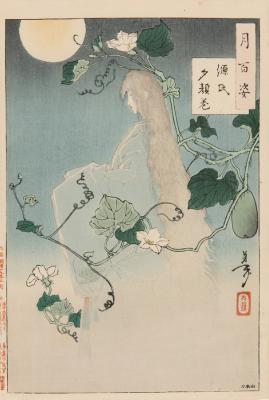
New Mexico CulturePass
Your ticket to New Mexico's exceptional Museums and Historic Sites.
From Indian treasures to space exploration, world-class folk art to awesome dinosaurs—our museums and monuments celebrate the essence of New Mexico every day.
More Info »

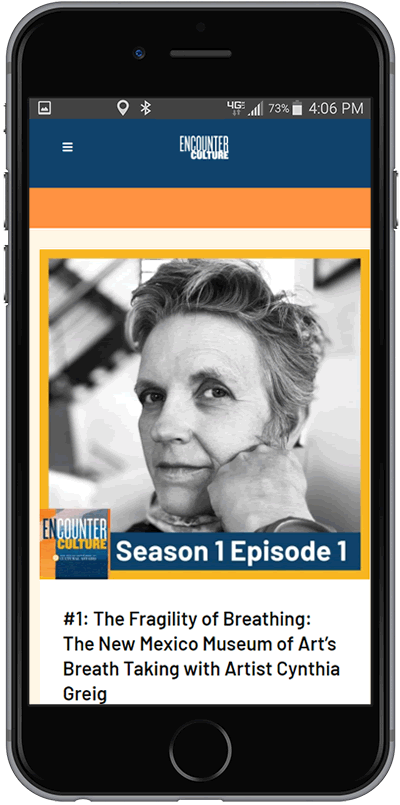
Encounter Culture
Take a look inside the museums and historic sites of New Mexico without leaving home. Join host Charlotte Jusinski, and a variety of guest curators, artists, and exhibitors in exploring the art and culture of the state in Encounter Culture, a new podcast from the New Mexico Department of Cultural Affairs.



Featured DCA Exhibitions
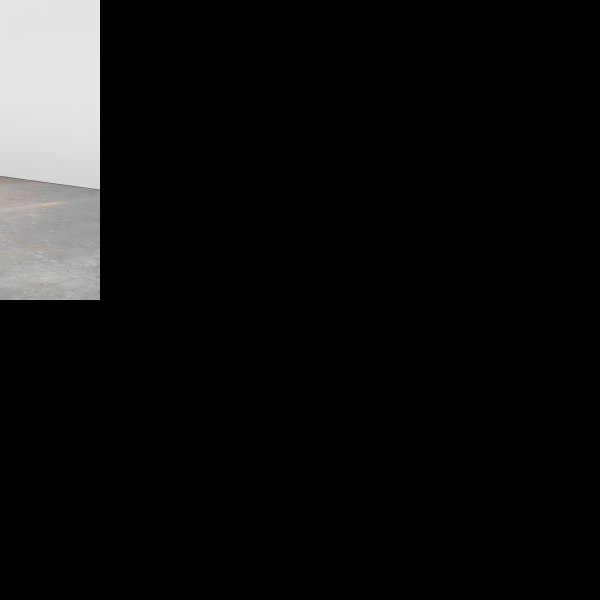
Shadow and Light
Shadow and Light, the inaugural exhibition at the Vladem Contemporary plays upon the famed New Mexico light which is
more »
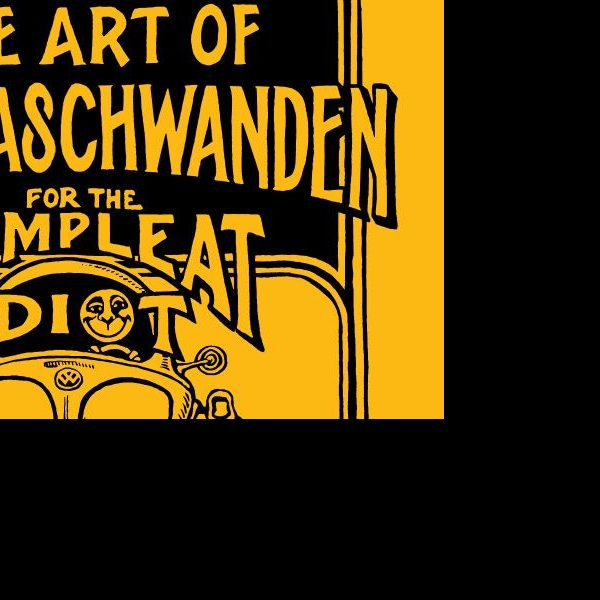
The Art of Peter Aschwanden: For the Compleat Idiot
This quirky exhibit celebrates the man who brought humor and humanity to car repair manuals - Peter Aschwanden! "The
more »
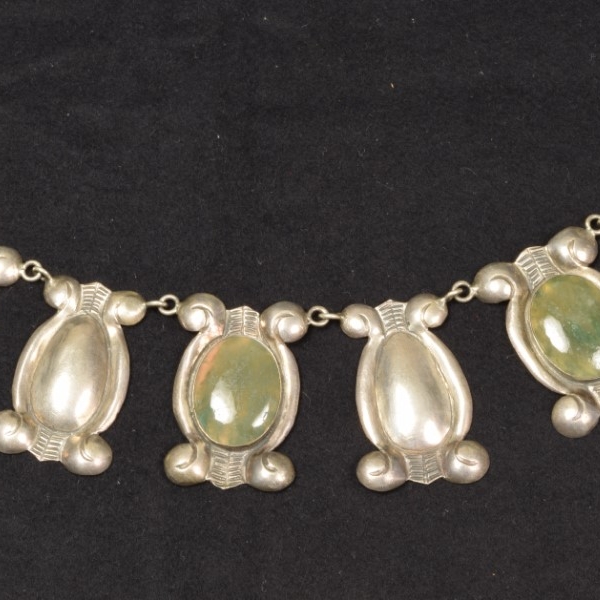
Silver and Stones: Collaborations in Southwest Jewelry
Currently on display in the New Mexico History Museum’s Palace of the Governors, is an unusual jewelry collection
more »
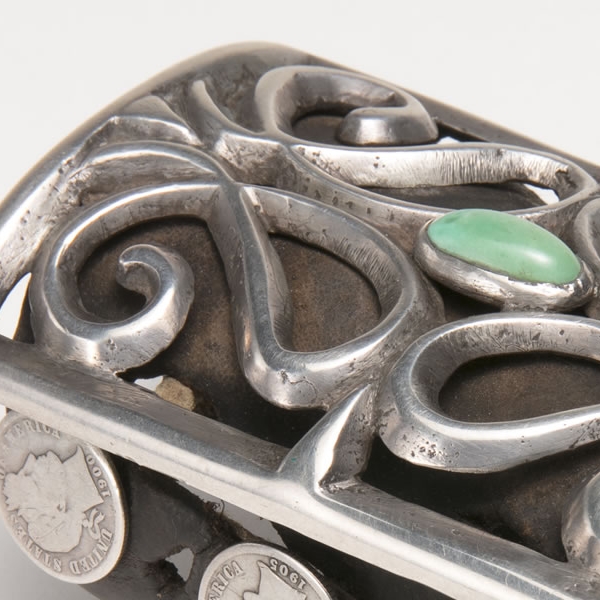
Here, Now and Always
The Museum of Indian Arts and Culture invites you to visit its brand new permanent exhibition, Here, Now and Always,
more »
